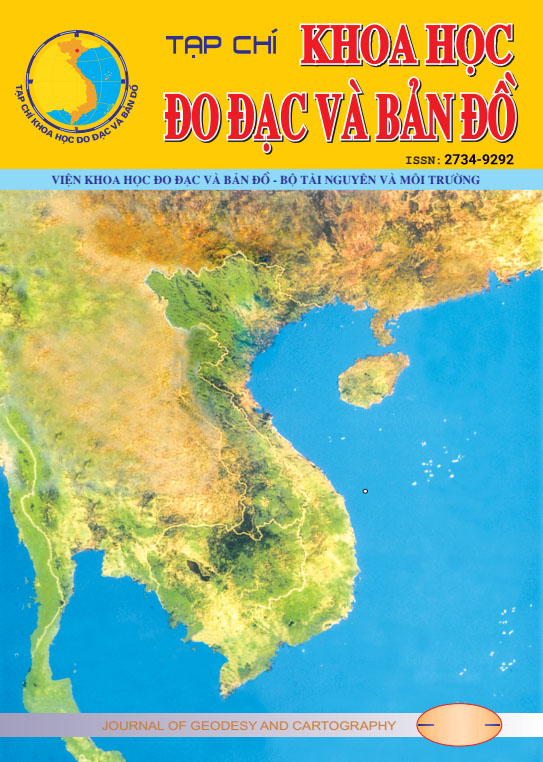Abstract
Nautical Chart is an important navigational instrument that represents water depth, ground elevation, seafloor characteristics, shoreline characteristics, man-made structures, flow information, tides and other characteristics. However, these features can be continuously altered by human activities and natural fluctu- ations. Therefore, using old Nautical Chart days for navigation may lead to serious consequences. Furthermore, the accuracy and effectiveness of Nautical Chart must ensure that any navigational access to the port is guaranteed. Recently, there are a variety of charting methods, from traditional methods such asMulti-Beam Echo-Sounder (MBES) to modern methods like Light Detection and Ranging (LiDAR).Although both of these techniques provide high accuracy and dense coverage of in-depth meas-urements, these techniques require high investment costs and are difficult to apply in shallow waters.This article appliesto the depthsfrom the Landsat-8 image to assessthe effectiveness of ocean chartsin Da Nang Bay and around Da Nang Port, Vietnam.The implementation shows Root-mean square error of the standard model, in meters (RMSE), about 10% of the actual depth and also illustrates a very high correlation to the depth of 20m.Therefore, this method can be identified as an efficient and economical way to ensure the accuracy of nautical charts without doing MBES or LiDAR survey in Viet Nam coastal regions
PDF (Tiếng Việt)
| Download: 106
Downloads
Download data is not yet available.

